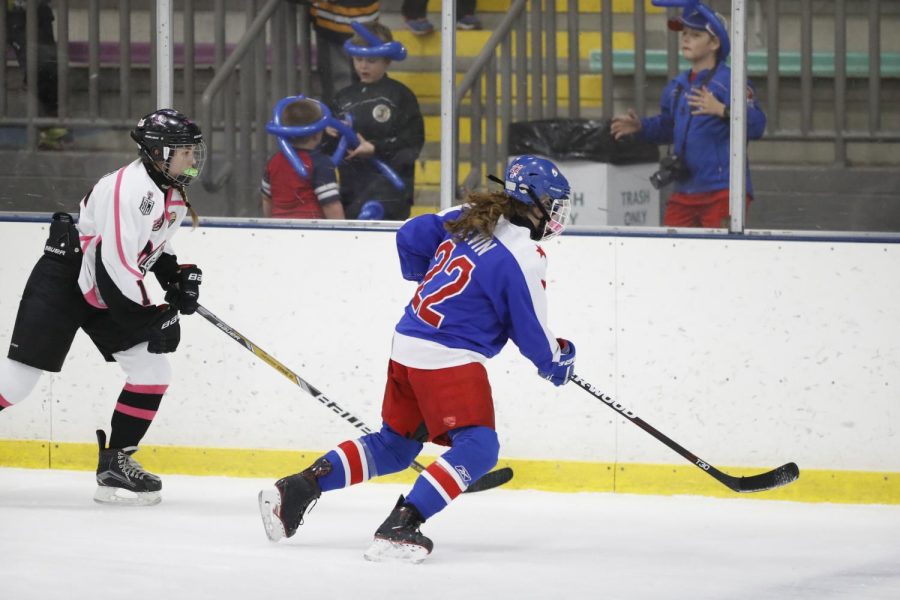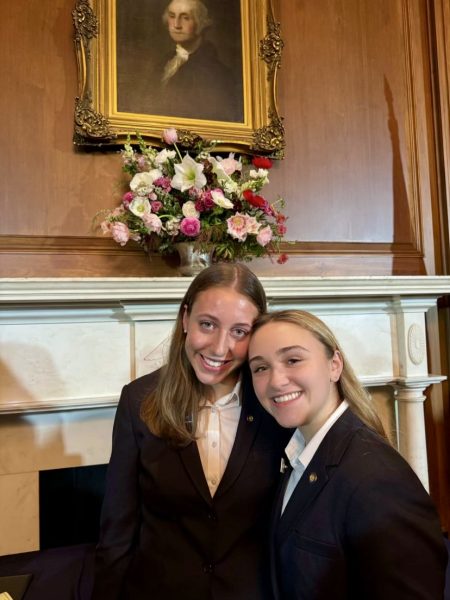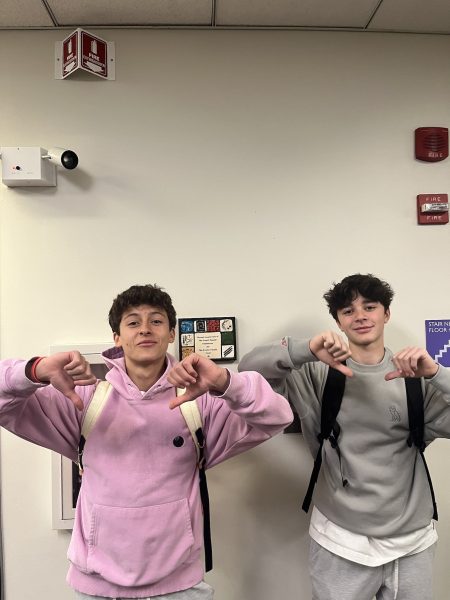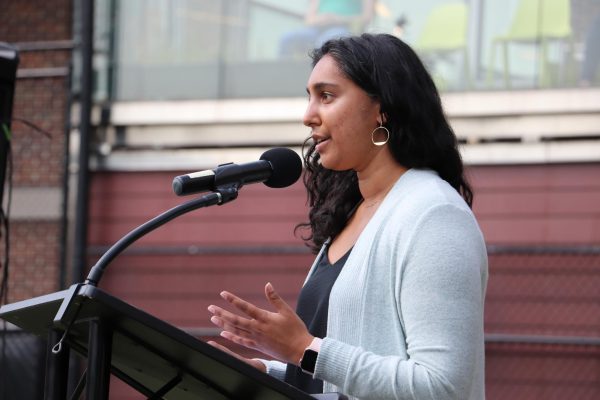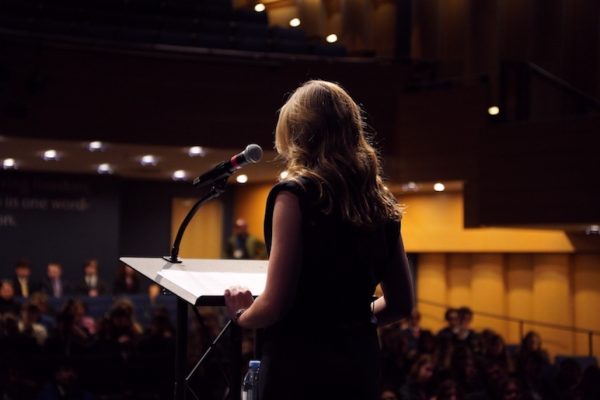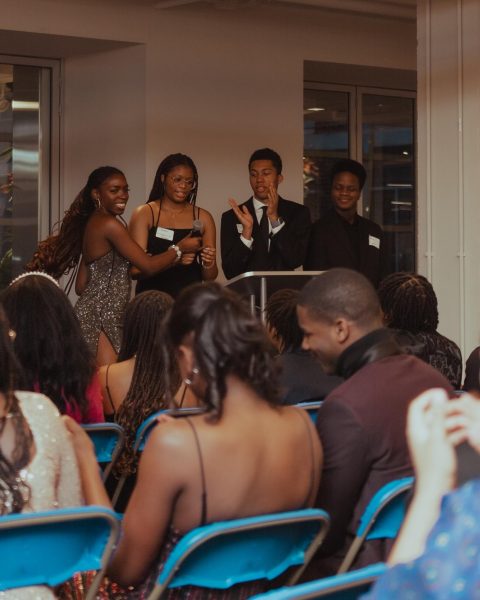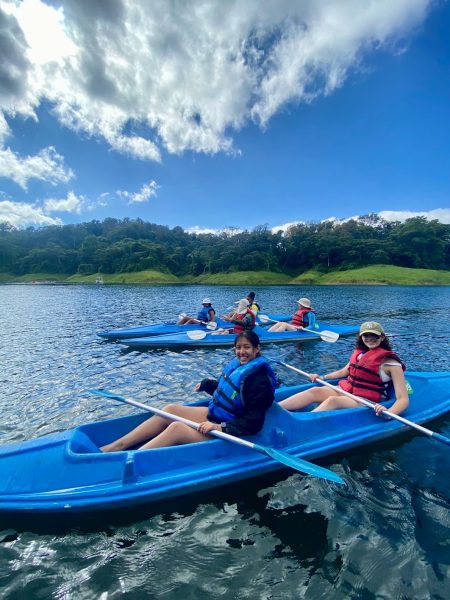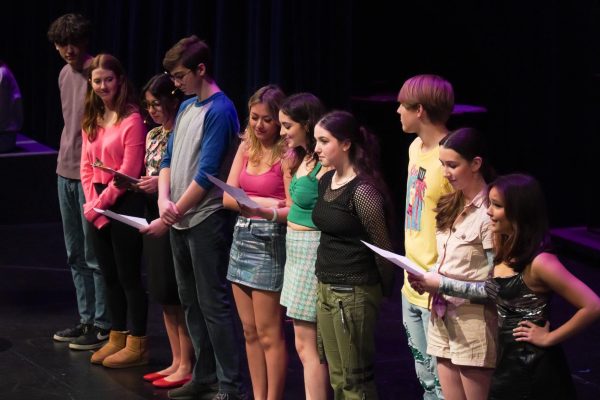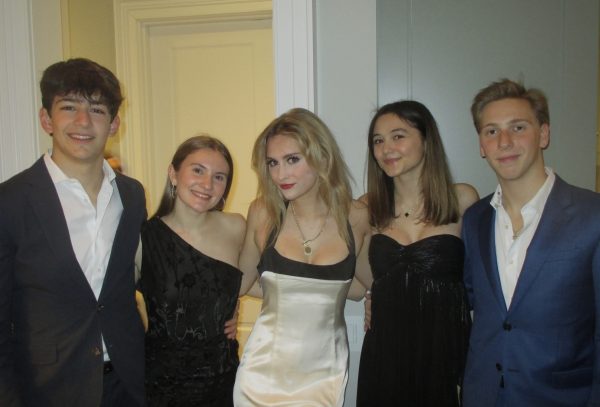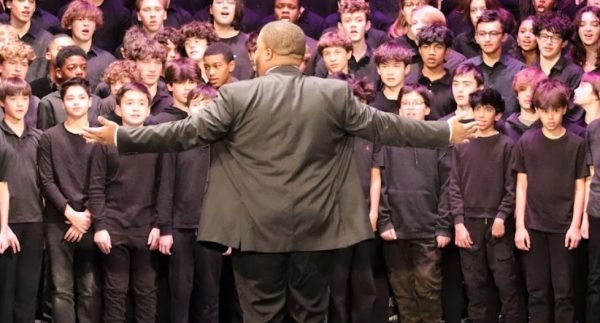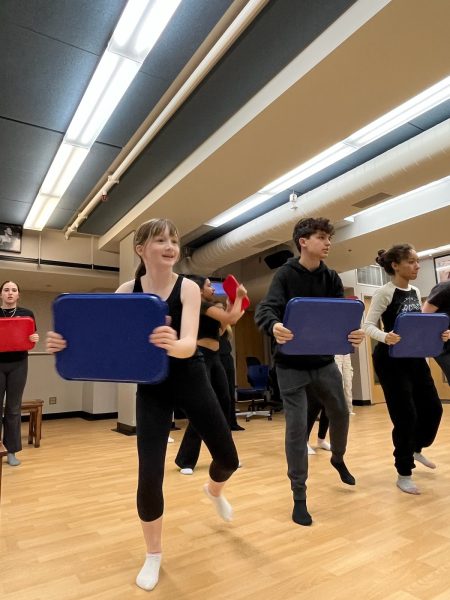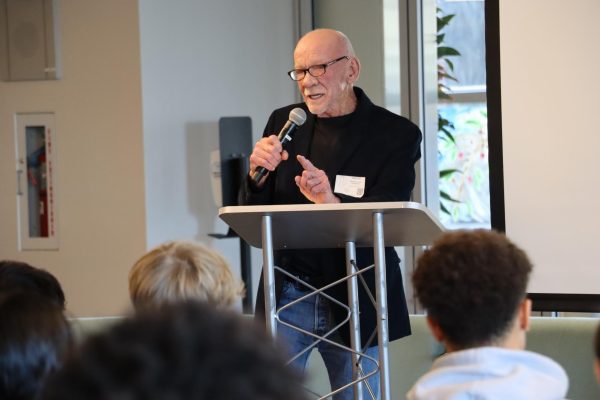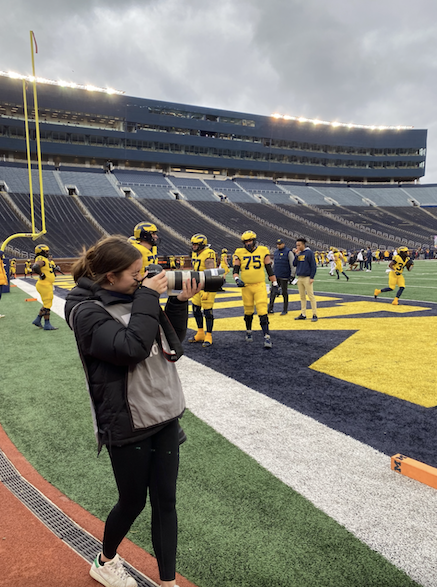Join the Club
Pros and Cons of Club Athletes at Parker
Photo credit: Claire Levin
ophomore Claire Levin playing for her club ice hockey team.
As the soccer team hangs up their cleats and the field hockey girls store their sticks, there are some Parker– the ones competing for club teams– athletes that aren’t quite done with their season. Many juggle two practices in one night, prioritizing one team over the other, and many never fully stop playing for the year.
Upper School Athletic Director Bobby Starks believes that the rise of clubs in scholastic sports is continuing to get bigger and bigger. “It’s not going backward at all, and there are pros and cons to clubs,” Starks said. “When we have those club players playing all year round, they’re more prepared when they play our sports.”
Physical Education teacher and coach Jan Zoufal agrees. “When you play a single sport year-round, there are always benefits,” Zoufal said. “From a middle school standpoint, it’s peer teaching and it’s not an intimidation factor for other athletes.”
There are currently eight students with club sports gym exemptions who don’t play a Parker sport, and many more club athletes that fall just under the exemption requirement, which is if students play sports for 10 hours or more a week, then can be excused from gym. Currently, there are students participating in club swimming, judo, rowing and rock climbing who have been excused from gym classes. Though sophomore Claire Levin doesn’t qualify for exemption because her time is divided between club ice hockey and club rock climbing, she believes that there are many positives to playing a club sport. “It’s a lot of fun to be involved in activities outside of school because I meet a group of people I never would get to,” Levin said. “I get the experience of playing sports that aren’t offered here.”
Sixth grader Simon Levin, a club basketball player, agrees. “You get to find your own league and coach rather than Parker choosing them for you,” he said. “Club sports are more free.”
The advantages also come with challenges, especially when the club athletes transition to club athletics.
According to Starks, the education-based athletics at Parker teach sportsmanship, growth, and development in addition to the sport. When club athletes transfer to Parker sports, they may have been missing the skills that come with solely being a Parker athlete. “With club athletics, you may or not get those skills,” Starks said. “Some clubs they do get that, but some clubs they just want to win, and everything else is thrown away. When club athletes come to Parker or play in interscholastic sports, sometimes they’re in a rut because things are at a different pace and philosophy here.”
Zoufal believes that the transition depends on the individual and “where their dedication is. But if they’re more dedicated to travel,” Zoufal said. “Their work ethic won’t be as strong for their Parker team.”
Transition between sports isn’t an issue for Claire Levin as her sports aren’t offered at Parker. “I don’t feel quite as involved in the Parker community when it comes to sports,” she said. “Sometimes sports that aren’t at Parker get less recognition.”
The Illinois High School Association states, “during the school season for a given sport…a student shall not participate on any non-school team, nor as an individual unattached in non-school competition, in that given sport or in any competition.”
Once club athletes reach the high school level, they cannot play for both their club team and their school team at the same time, for the same sport, but middle schoolers can. Both Zoufal and Starks agree that this is why middle school sports seem to be a bigger problem for club athletes.
“Middle schoolers end up missing their Parker practices and having to prioritize one over the other,” Starks said. “They struggle to be a part of the team, but on the middle school level, we divide playing time more evenly, so it’s less about your expertise, and it’s more about the experience and the development of the entire team.”
Simon Levin struggles to prioritize his middle school sport. “I try to alternate,” he said. “It’s just that you have to email the coach and say you can’t make every practice,” he said. “They’ll get disappointed, and you have to make each practice even.”
Though double practices can present a problem to all club athletes, the difference in philosophy and teaching could pose the biggest obstacle.
“Sometimes it gets annoying if there’s someone who’s really bad, and they start over you because of equal playing time,” Simon said. “For middle school sports, if you’re the best in the league, you don’t get anything for winning.”



